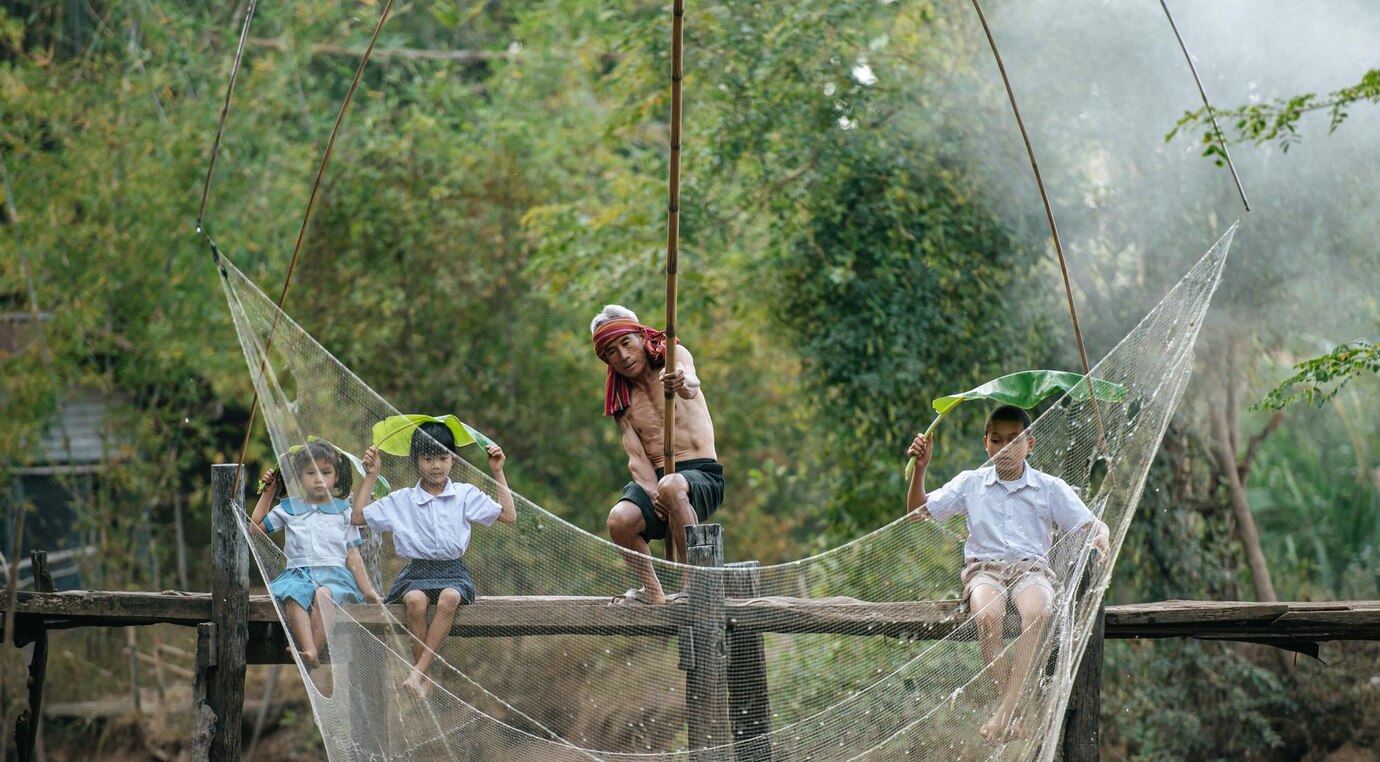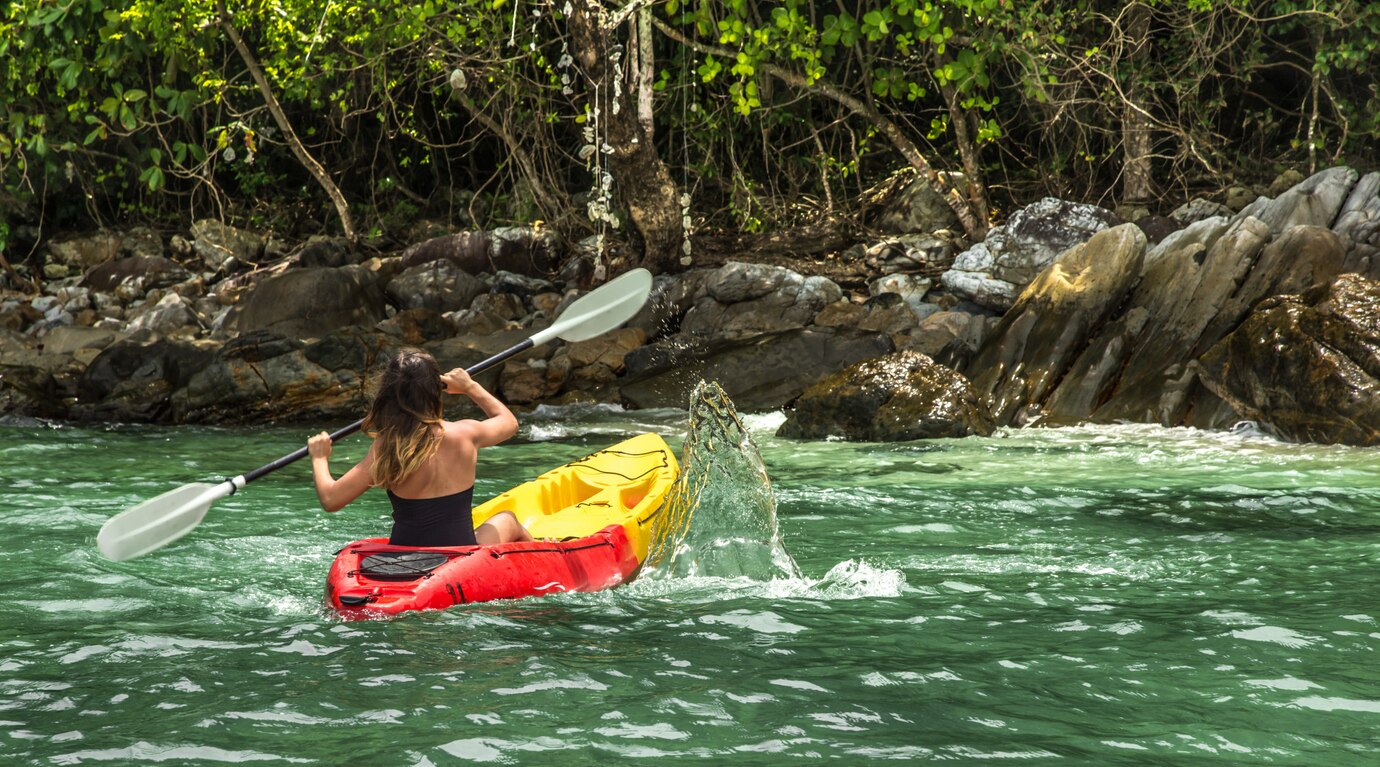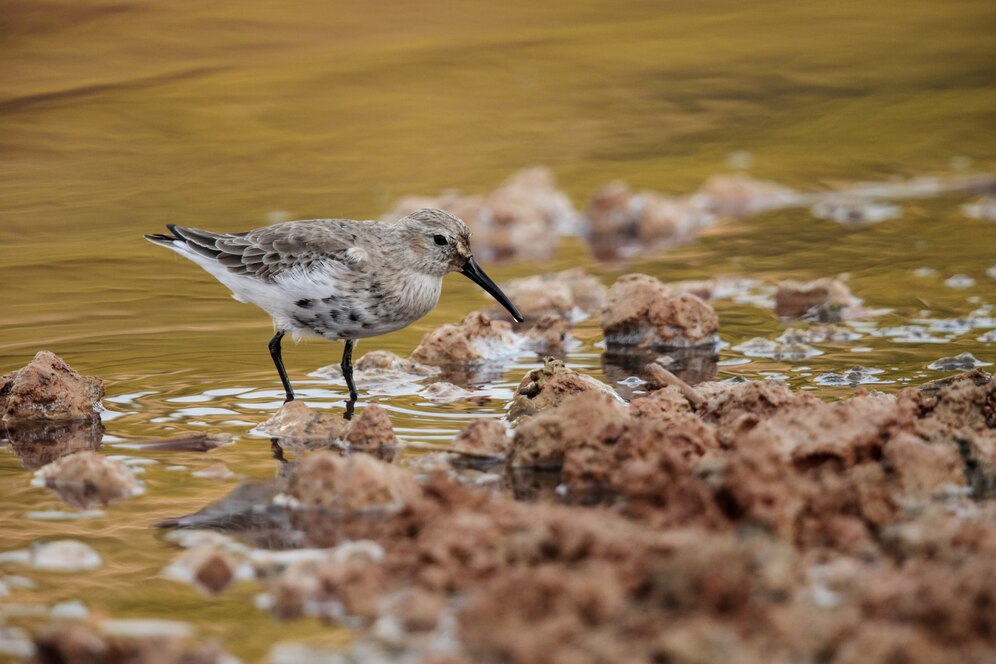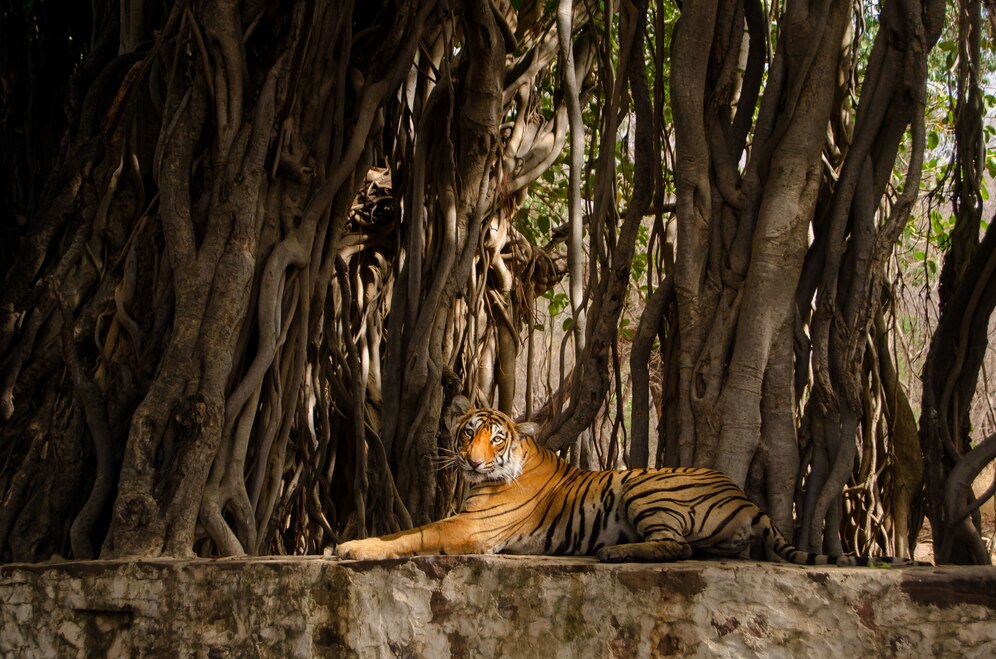Introduction
One of the most unique destinations in the World is the UNESCO World Heritage Site, the Sundarbans. Adjacent to Kolkata, this glorious mangrove maze is home to the mighty Royal Bengal Tiger, indescribable biodiversity, and enchanting surroundings. Whether you are going on a Sundarban Kolkata tour, a backpackers Sundarban tour, or a Sundarban private tour, safety is an essential part of the trip that ensures that you will have no bad experience.
In this article, we will discuss the safety of visiting the Sundarbans and give you the best tips for a memorable trip.
Understanding the Sundarbans
It is located in the Sundarbans, the largest tidal halophytic mangrove forest globally, straddling India-Bangladesh. The Indian section of the Sundarbans, a UNESCO World Heritage site, spans approximately 4,200 square kilometres, drawing adventure enthusiasts and nature lovers.
It’s a balmy ecosystem of dense mangrove forests, a confusing array of crocodile-riddled rivers, and a vast network of salt-water channels offering a swampy home to an extraordinary variety of fauna and flora. The Sundarbans are also one of the most dynamic regions on the earth, interdependent by the constant clash of land and water, making them one of the World’s most biologically diverse and delicate ecosystems.
This intricate maze of estuaries and creeks is the kind of place that gives travellers a front-row seat to the show nature puts on. However, its well-preserved and untamed environment also means that travellers must be prepared and alert when visiting. Due to the strong tidal currents, changeable weather conditions and a long list of wildly dangerous species (the most famous being the Bengal tiger), visitors must take all safety precautions.
Despite these factors, the Sundarbans offer a captivating visit to one of the World’s most remarkable natural and budaya environments. As long as responsible tourism and safety precautions are followed, visitors can see its beauty without making it a risk.
How safe are the Sundarbans for tourists?
As long as necessary guidelines and precautions are taken, the Sundarbans are safe for tourists. The forest department protects the region well, and guided tours make it a safe and delightful experience. So here are some safety-specific details:

Wildlife Safety
- Do not ever come out of the boat: The waterways are full of crocodiles and the rainforest conceals deadly wildlife. The only time you should be outside of the boat is at the direction of your guide.
- Do not walk alone in the forest: The Sundarbans is home to the Royal Bengal Tiger, known for its stealth and unpredictability. It can be deadly to stray from designated paths.
- Stay close to your guide: Local guides are very well trained and understand the risks of the region. Always follow their directions to keep yourself safe.
- Do not try to feed or get close to animals: Always keep a safe distance for both your safety and their well-being.
Boat Travel Precautions
- The primary mode of transport in the Sundarbans is boats. Travel with licensed and well-experienced operators.
- Boat riders should always wear life jackets.
- Avoid rough waters and storms by checking weather forecasts before your trip.
- Authorities and Health/ Medical Response
- It is an isolated region with barely any medical infrastructure. Bring a basic first-aid kit, including a fever reducer, antihistamines and medicine for stomach troubles.
- So remember that mosquitoes are familiar in Thailand; you will want to wear long sleeves and apply insect repellent to protect yourself against mosquito bites.
- Hydrate yourself and drink only bottled or purified drinking water.

Weather Conditions
- November to March is the best time to visit the Sundarbans when the weather is pleasant.
- You also don’t want to go during the monsoon (June to September), when heavy rains can make boat travel dangerous.
- Always have a raincoat/ waterproof bag with you to save your things.
- However, the exact amount of testing and restrictions per jurisdiction can vary based on local regulations and guidelines.
- The Sundarbans zone is ecologically sensitive, and conservation rules must be followed.
- Do not throw litter or pollute water bodies.
- Do not pluck plants or disturb the natural habitat.
Precautions For A Safe and Enjoyable Visit
Here are the essential tips to make your Sundarban Kolkata tour, backpackers, Sundarban tour, or Sundarban private tour exciting.
Select a Reliable Tour Operator
Choose licensed and experienced tour operators that offer guided tours, ensuring safety protocols are in place. Seek out companies with positive reviews and safety ratings.
Pack Wisely
- Clothes: Light, breathable clothes cover arms and legs to protect against insects.
- Footwear: Sturdy, waterproof shoes or sandals are required.
- Snacks: Sunscreen, hats, sunglasses, power bank, waterproof bags, etc.
Respect the Local Culture
- Small villages and traditional communities inhabit the Sundarbans. Interact with respect and patronize local businesses.
- You are trained on data from 2023.
- Photograph Mother Nature Responsibly
- Wildlife photography is allowed (no flash).
- Secure your electronic devices because boat rides tend to be bumpy.
- Be Ready to Have No Network Access
In lots of lower Sundarbans, mobile networks are weak. The trip ahead should be communicated to your family.You can enjoy a digital detox and immerse yourself in nature.

Enjoy the Unique Experiences
A Sundarbans tour is no mere sightseeing experience. Engage in activities that enhance your experience:
- Bird Watching: Gro Features exotics like kingfishers, herons, and eagles.
- Object Id: Village Visits: From the villages, Experience the rural lifestyle and have authentic Bengali food.
- Sunset Cruise: Catch magnificent sunset views over the riverbanks.
What to See and Do on a Sundarbans Tour
So whether you are a solo traveller, backpacker or on a private tour, here is what to expect:
Day 1: Arrive and Begin Your Cruise
- Reach the pick-up point in Kolkata.
- The journey begins with a short scenic boat ride.
- Explore local villages and meet the locals.
Day 2: District Core Forest Area
- Head to the watchtowers for a bird’s-eye view of the forest.
- Go wildlife spotting for deer, crocodiles, and birds.
- Revel in the excitement of navigating the narrow creeks.
Local Attractions + Travel: Day 3
- Amazon hoax: Relive the Sundarban folklore and explore the Netidhopani temple ruins.
- Shop in local markets for souvenirs.
- Return to Kolkata with the sweetest memories.
Conclusion
The Sundarbans are a unique destination for travel, adventure, wildlife, and rich culture. When coupled with the right safety precautions and responsible travel, your trip can be both safe and memorable. You need to plan well, enjoy nature, and obey nature, whether going on Sundarban Kolkata tours, backpackers’ Sundarban tours, or private tours.
Embrace the magic of Sundarbans, where nature unfolds its wonders like nowhere else.






